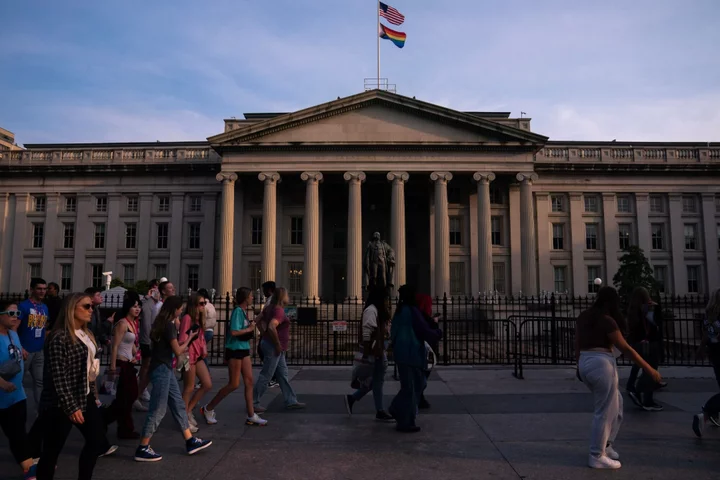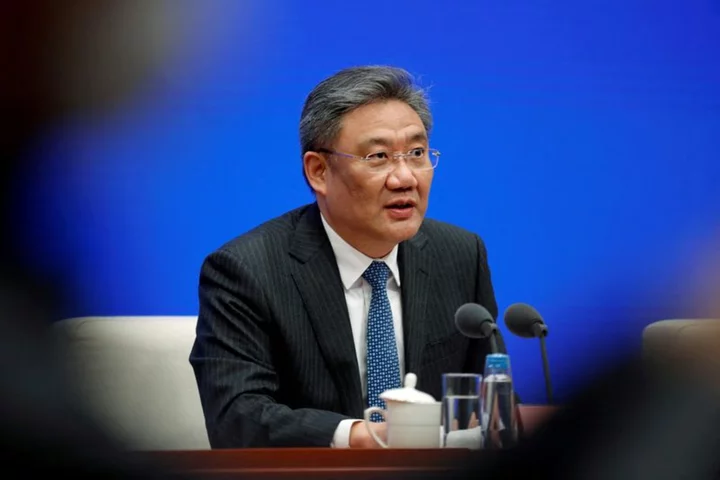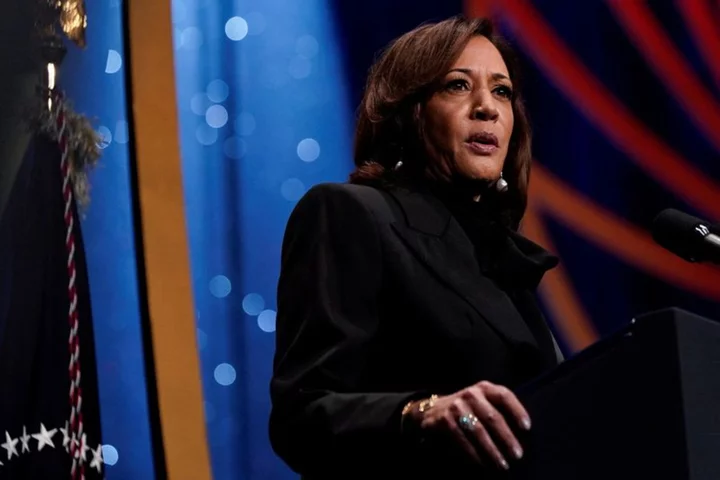Unconvinced the Federal Reserve will be able to rein in inflation without triggering a recession, Jamie Patton at TCW Group says she’s bullish on Treasuries.
The co-head of global rates at the $210 billion asset manager said her team is “expecting a hard landing” as the Fed’s tightening campaign since March 2022 slowly filters through the economy.
If officials think interest-rate hikes “are going to impact the economy sooner – and we think that’s not true — that means the Fed is very likely to keep rates too high for too long,” Patton told Bloomberg Radio’s Matt Miller and Paul Sweeney. “That would raise the risk of a larger-than-expected decline in growth, and eventually, inflation. That supports our long-duration position.”
Monetary policy lags — or the time it takes before central bank tightening fully works through the economy — are longer now, according to Patton. The reasons include less variable rates on US debt relative to a few years ago, businesses’ reluctance to let go of workers after the pandemic shortages, and the Fed’s large balance sheet — currently with over $8 trillion in assets.
Patton also said that the “no landing economic scenario is my least favorite analogy of all time.”
After pausing rate increases in June, policymakers lifted borrowing costs again at their policy meeting last month to curb inflation. The quarter percentage-point hike, a unanimous decision, boosted the target range for the Fed’s benchmark federal funds rate to 5.25% to 5.5%, the highest level in 22 years.
Still, economic resilience has helped spark a surge in Treasury yields this month, with those on benchmark 10-year notes climbing as high as 4.33%. That is just below the October peak, which was the highest since 2007. Thirty-year yields hit 4.42%, a 12-year high.
Kelsey Berro, a fixed-income portfolio manager at JPMorgan Asset Management, also sees little chance of a soft landing.
“This is absolutely a time to be buying fixed income,” Berro told Bloomberg Television. “We had a view the Fed would get to around 5%, they would be able to pause, and over that time we want to be increasing our allocation to fixed income for the diversification and for the income. That is what we have been doing and we continue to do that as we see new highs in yields.”
--With assistance from Robert Bragg and Ye Xie.
Author: Liz Capo McCormick, Matthew Miller and Paul Sweeney









